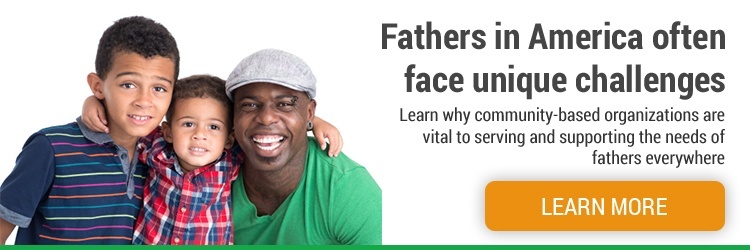
Preventing child abuse is something we can all agree on. Children being treated poorly by a parent, caregiver, or someone in their community is not acceptable in anybody’s book.
But how can we help to “get ahead” of it? By preparing parents and caregivers with skills to help them handle life’s stresses before they happen.
What are those skills you say? Well, I’m glad you asked.
April is National Child Abuse Prevention Month. This year, we’re highlighting the updated Protective Factors Conversation Guides* that were created to help service providers engage caregivers in personalized conversations about the protective factors. Download them today!
A protective factors approach to the prevention of child maltreatment focuses on positive ways to engage families by emphasizing their strengths and what parents and caregivers are doing well and identifying areas where families have room to grow with support. The protective factors are the strengths and resources families draw on during difficult times to shield them from life's stresses.
Research shows that when parents possess protective factors, the risk for neglect and abuse diminishes, and optimal outcomes for children, youth, and families are promoted. Major protective factors include knowledge of parenting, knowledge of child development, parental resilience, social connections, and concrete supports.
Do the fathers and families you serve have the supports they need? You can help them identify supports by using this free guide!
In a nutshell, the Protective Factors Conversation Guides:
- Can be used one-on-one, as part of a structured activity for a larger group, or in in-person or virtual settings.
- Include a conversation guide for service providers and a worksheet for each of the six protective factors.
- After a brief introduction about the protective factor, caregivers are encouraged to fill in each worksheet to relate the protective factor to their family's unique circumstances and goals.
By ensuring that parents have the knowledge, skills, and resources they need to care for their children, we can help promote the social and emotional well-being of children and youth and prevent child maltreatment within families and communities.
All children deserve to grow up in safe, supportive environments. This National Child Abuse Prevention Month, help make this possible by supporting families and spreading the word about the importance of child abuse prevention. For more information and resources, visit the National Child Abuse Prevention Month website.
Together, we can end child abuse and neglect.
* Created by the U.S. Department of Health and Human Services, Children's Bureau, Office on Child Abuse and Neglect, together with Child Welfare Information Gateway, and the FRIENDS National Resource Center for Community-Based Child Abuse Prevention.
